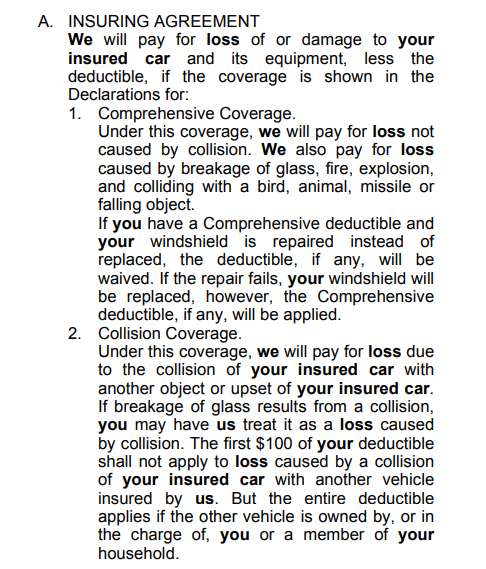Rumored Buzz on Pacific Prime
Table of ContentsFacts About Pacific Prime RevealedSome Known Details About Pacific Prime Pacific Prime Things To Know Before You Get ThisThe smart Trick of Pacific Prime That Nobody is Talking AboutPacific Prime - Questions

This is because the information were collected for a period of strong financial performance. Of the estimated 42 million individuals that were without insurance, just about about 420,000 (about 1 percent) were under 65 years old, the age at which most Americans come to be eligible for Medicare; 32 million were grownups in between ages 18 and 65, around 19 percent of all adults in this age team; and 10 million were kids under 18 years old, regarding 13.9 percent of all youngsters (Mills, 2000).
These price quotes of the number of persons uninsured are created from the annual March Supplement to the Existing Population Survey (CPS), carried out by the Census Bureau. Unless otherwise kept in mind, national price quotes of individuals without health insurance policy and percentages of the population with various type of insurance coverage are based upon the CPS, the most commonly utilized source of price quotes of insurance policy coverage and uninsurance rates.
Not known Factual Statements About Pacific Prime

Still, the CPS is particularly helpful because it generates annual estimates relatively promptly, reporting the previous year's insurance policy coverage estimates each September, and because it is the basis for a constant collection of price quotes for greater than two decades, allowing for evaluation of fads in coverage with time. For these reasons, along with the considerable use of the CPS in various other studies of insurance coverage that are offered in this record, we rely upon CPS price quotes, with restrictions kept in mind.

The estimate of the number of uninsured individuals increases when a population's insurance status is tracked for a number of years. Over a three-year duration starting early in 1993, 72 million individuals, 29 percent of the united state populace, lacked insurance coverage for at the very least one month. Within a single year (1994 ), 53 million individuals experienced a minimum of a month without protection (Bennefield, 1998a)
6 out of every ten without insurance grownups are themselves employed. Although working does enhance the chance that and one's family members will certainly have insurance, it is not an assurance. Even participants of family members with 2 full-time breadwinner have almost a one-in-ten opportunity of being uninsured (9.1 percent uninsured price) (Hoffman and Pohl, 2000).
How Pacific Prime can Save You Time, Stress, and Money.
New immigrants account for a considerable proportion of people without wellness insurance policy. One evaluation has actually associated a considerable section of the current growth in the size of the united state uninsured populace to immigrants that got here in the country in between 1994 and 1998 (Camarota and Edwards, 2000). Recent immigrants (those that pertained to the United States within the past four years) do have a high price of being without insurance (46 percent), but they and their kids represent just 6 percent of those without insurance policy nationally (Holahan et al., 2001).
The partnership in between medical insurance and see here access to care is well developed, as documented later in this phase. The relationship in between health insurance coverage and health and wellness end results is neither direct neither easy, a substantial scientific and health solutions research literary works web links health insurance protection to enhanced accessibility to care, much better high quality, and enhanced individual and populace health and wellness condition.
Levels of evaluation for checking out the results of uninsurance. This discussion of medical insurance coverage concentrates largely on the U.S. population under age 65 since essentially all Americans 65 and older have Medicare or other public protection. Furthermore, it concentrates particularly on those without any type of medical insurance for any length of time.
Pacific Prime Fundamentals Explained
The troubles faced by the underinsured are in some respects similar to those faced by the without insurance, although they are normally less extreme. Health and wellness insurance, nevertheless, is neither essential neither enough to obtain accessibility to clinical solutions. The independent and direct impact of health insurance protection on access to health and wellness solutions is well established.
Others will certainly get the healthcare they require also without health insurance coverage, by spending for it expense or seeking it from suppliers that supply care cost-free or at very subsidized rates. For still others, medical insurance alone does not make certain receipt of treatment due to various other nonfinancial barriers, such as an absence of healthcare providers in their community, limited accessibility to transport, illiteracy, or etymological and cultural distinctions.
Some Known Details About Pacific Prime
Formal study concerning without insurance populations in the United States dates to the late 1920s and early 1930s when the Board on the Cost of Medical Treatment created a series of records about funding doctor office visits and hospital stays. This issue became salient as the varieties of clinically indigent climbed up during the Great Clinical depression.